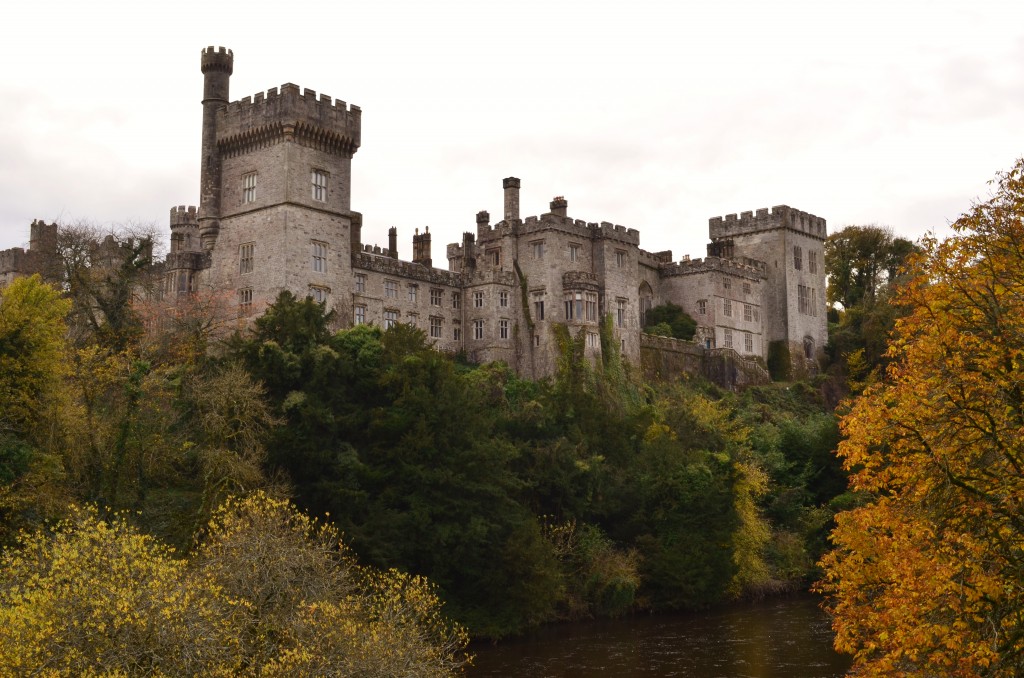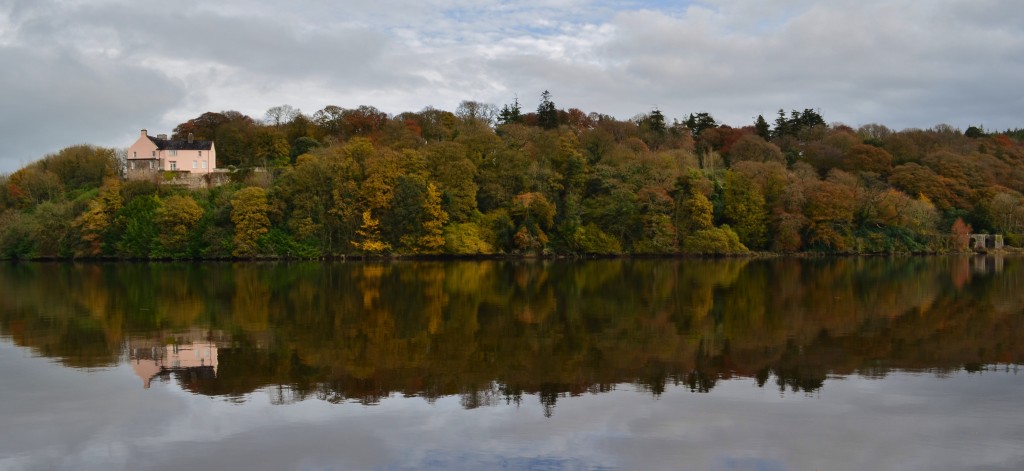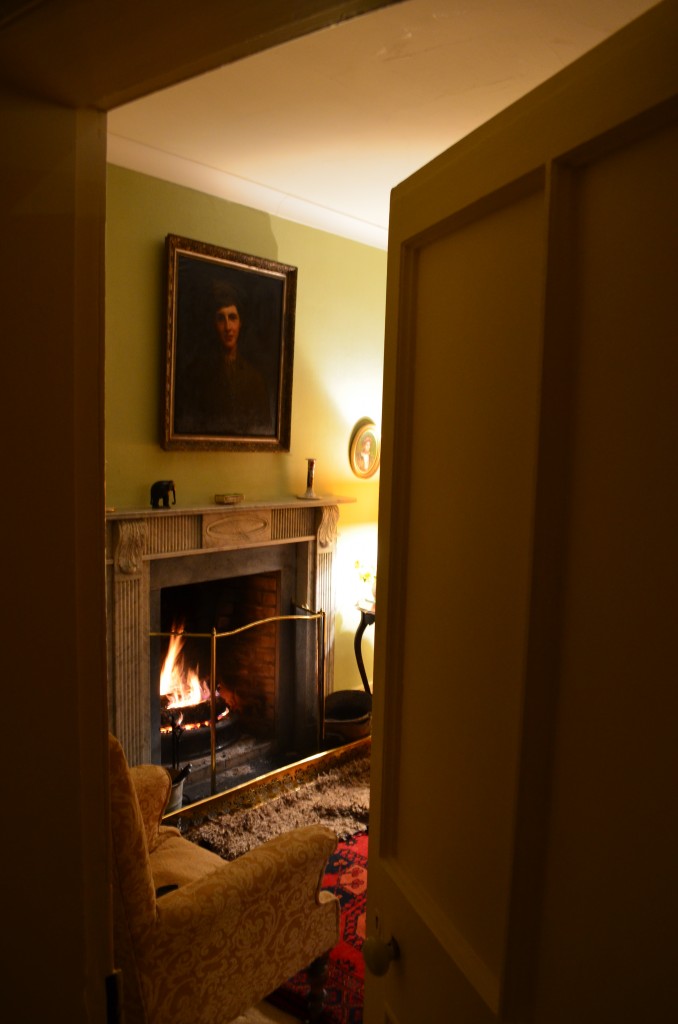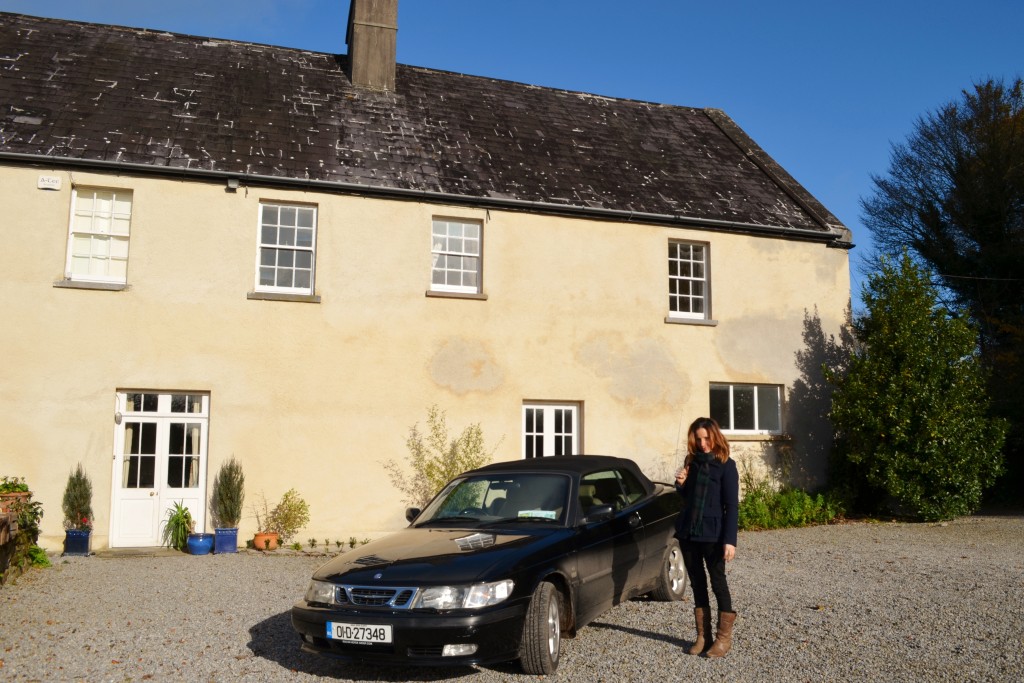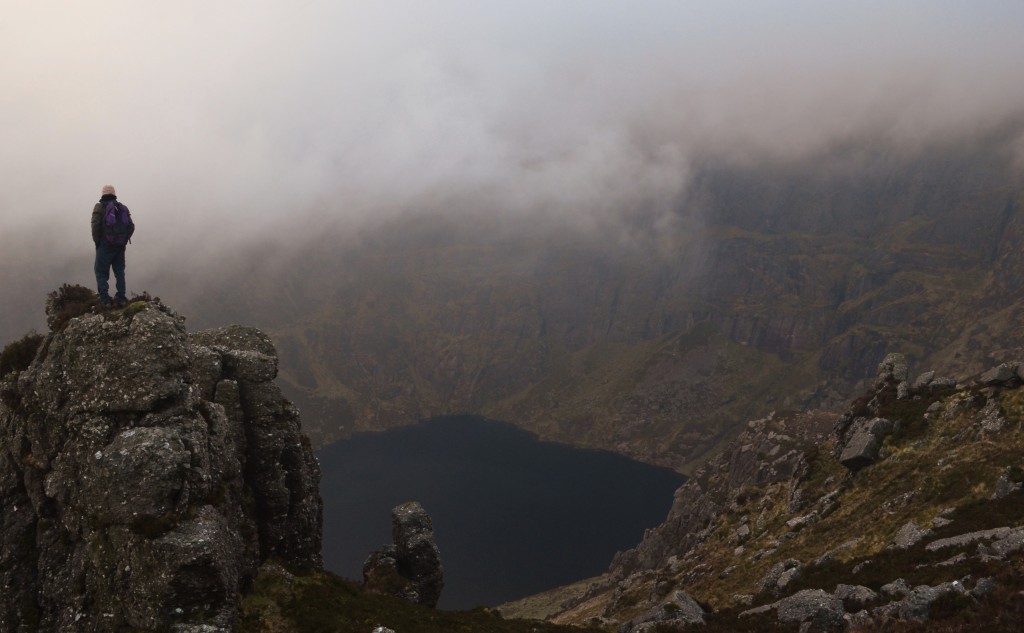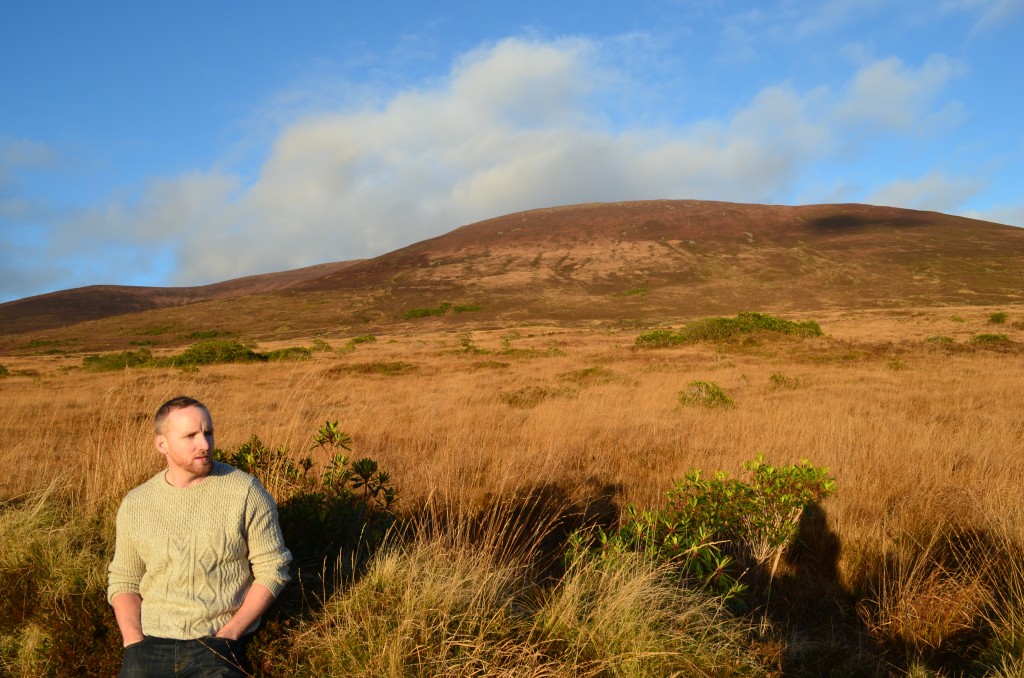Boston Globe, March 17th, 2013
Thomas Breathnach – Globe correspondent
WATERFORD — “You found us all right?” said a beaming Barbara Grubb, extending one hand over the doorway while restraining her Jack Russell, Millie, with the other. In truth, my journey to Dromana House had been as serendipitous as it had been circuitous. On the search for self-catering treasures across Ireland, I discovered that across the border from my native Cork, in the ancient oak forests of West Waterford, lies the most remarkable of Irish country manors, seeped in a richness of family history. Twenty-three generations to be exact.
It was a blustery winter’s eve when I arrived at Dromana, which is sequestered along a remote bank of the majestic River Blackwater. Grubb welcomed me into the kitchen, where her mother, Emily Villiers-Stuart, was having tea with a young French seasonal worker, just in from a day in the orchards. After Grubb hastily poured me a brew she fetched a collection of sepia images, which cataloged the family home through the years.
The estate’s history, Grubb said, dates to the rather unfathomable timeline of 1200 when England’s King John granted the lands of Waterford to the noble FitzGerald clan, lords of the Decies within the earldom of Desmond. While the surname may have changed occasionally due to female inheritance, Grubb and her family are direct descendants, with Dromana seated above the original castle foundations. “My father’s great aunt Gertrude said the family should always maintain a residence on this rock,” Villiers-Stuart said, “even if it’s just a tent.” Other colorful family characters included Barbara Villiers, the onetime mistress of King Charles II and Katherine Fitzgerald, the countess of Desmond, “who died after falling off a cherry tree at the reputed age of 140.” It was quite the family album.
I was staying in the manor’s self-catering East Wing, entered via a scarlet dining room adorned with candelabras, silver platters, and oil paintings. Along a corridor flanked with mounted antlers was a sitting room, an alcoved writing bureau, and three period-appointed bedrooms (I later discovered a fourth under the stairwell). The following morning, upon drawing my curtains and seeing a precipitous rocky bluff towering over the Blackwater, I truly appreciated Dromana’s dramatic location. It’s little wonder that it’s said to be Ireland’s closest setting to a fortress on the Rhine.
Below, on the manicured lawns, Grubb was rallying her three Labradors, Snipe, Teal, and Grouse, for a day of wildfowl shooting. Dromana’s gardens also feature a number of woodland walks and riparian picnic spots, all maintained by the family without the aid of groundskeepers. ”Most women my age receive perfume for Christmas,” Grubb said. “I get a chainsaw.”
Of the family’s original 30,000 acre estate, today just over 600 remain, fringing the towns of Lismore, Cappoquin, and Villierstown, built by the family in the 1700s. I ventured into Lismore, a perennial winner of Ireland’s tidiest town awards and a yesteryear streetscape of shop fronts with colonial Tudor touches. The crowning glory was my visit to Lismore Castle, the home of the duke of Devonshire, who has shared Blackwater salmon-fishing rights with the Villiers-Stuarts for centuries.
The castle, which goes for the rather princely rental sum of $52,000 a week, has had “one of its busiest years to date,” Denis Levin, head butler to the duke, told me. Levin offered me the key to the castle’s 17th-century walled grounds, where I ambled through a secret Jacobean garden of camellias, magnolias, and yew trees. The grounds have also been a filming location for the public service network ITV’s Jane Austen series. I didn’t have to cross the pond to feel like Mr. D’Arcy, after all.
What’s unique to Waterford, and often overlooked by tourists who traditionally head to the west of Ireland, is the county’s contrast. Just south of the gentrified manors along the Blackwater lies An Rinn, one of Ireland’s smallest Gaeltachts (Gaelic-speaking regions) and the former summertime getaway of the Villiers-Stuarts. Today the village centers around a quiet fishing harbor, where smatterings of Gaelic can be heard along the pier and in the traditional music magnet, the Seanachaí pub.
The county is peppered with cottages available for rent. Jack’s, farther down the Blackwater, is an old fishing cottage whose owners paid fishing tithes to the Villiers-Stuarts, while Kiely’s in Ardmore is the quintessentially Irish white-washed abode, complete with red half-door, overlooking the Atlantic. For the second leg of my journey in the Blackwater Valley, I traversed the Knockmealdown Mountains to a traditional cottage also owned by Grubb and her husband, Nicholas. Bridge Cottage, tucked inside the border of Tipperary, sits on the grounds of the derelict family mill, an impressive edifice that in its heyday processed everything from blackberry jam to fine linen. Charming traditional features awaited: old oak dressers, a wood-fire stove, and industrial-age memorabilia together with a relaxing riverside setting complete with heron and otters.
In the distance lay The Vee, a scenic mountain pass smothered in rhododendrons, while just a few miles east, was the Comeragh range, most famous for its 250-foot-high Mahon Falls. To venture into the thick of the wilds, I teamed up with Kerry Climbing, which offers hiking tours through the mountain ranges of Munster (southwest Ireland). “I’ve the sunshine booked for half-four,” joked my guide, Piaras Kelly, as we struck off from the misty canopy of Kilclooney Woods.
As we trekked up the Comeragh’s hillsides, not one fellow tourist crossed our trail and we shared the commonage with only a lone farmer who was corralling his flock of mountain sheep down the moors. From dramatic ridges we overlooked Coumshingaun Lake, a steely blue mountain loch horseshoed by sheer cliffs, all creating a natural glacial amphitheater. Ascending the summit, we wandered a peat plateau, carpeted with heather and blackthorn, where clouds bellowed up from the gullies below. “It’s usually at this point I see the relief on my clients’ faces,” Kelly said, referring to the foggy onset. “It’s their appreciation of not having to tackle the descent alone.” We enjoyed the vistas: north to Slievenamon in Tipperary, east to the Copper Coast, and west, from the Knockmealdowns to the Atlantic, to what were once the vast lands of Grubb’s descendants.
Back at Bridge Cottage, I was met with a refreshing lack of choice: throw some turf in the hearth, peer out at the Grubb family mountain, and soak up the solemnity of what is one of Ireland’s most extraordinary dynasties. “People still ask me how long I’ve been in Ireland,” Grubb told me, alluding to her mellifluous Anglo-Irish accent. Her reply: “Eight hundred years, how am I looking?”
If you go to the Irish countryside…
Where to stay
Dromana House
Cappoquin, County Waterford
011-353-24-96144
www.dromanahouse.com From $440 per week; sleeps eight.
Bridge Cottage
Clogheen, The Vee, County Tipperary
011-353-24-96144
www.vee.ie From $398 /week; sleeps six.
Jack’s Cottage
Aglish, County Waterford
011-353-87-746-4955
www.benandbridiescottage.com From $545 /week; sleeps six.
Kiely’s Cottage
Curragh, Ardmore, County Waterford
011-44-1823-660126
www.shamrockcottages.co.uk From $368 /week; sleeps four.
Where to eat
White Horses
Ardmore, County Waterford
011-353-24-94040
Try the exceptional bacon and cabbage with freshly foraged sea asparagus. Entrees from $18.
What to do
Kerry Climbing
011-353-87-7440523
www.kerryclimbing.ie All-levels guided mountain hikes and rock-climbing with an eco and historical focus; $39 per half-day.
Lismore Castle Gardens
Lismore CastleCounty Waterford
011-353-58-54061
www.lismorecastlegardens.com One of Ireland’s finest walled gardens; admission $10.
